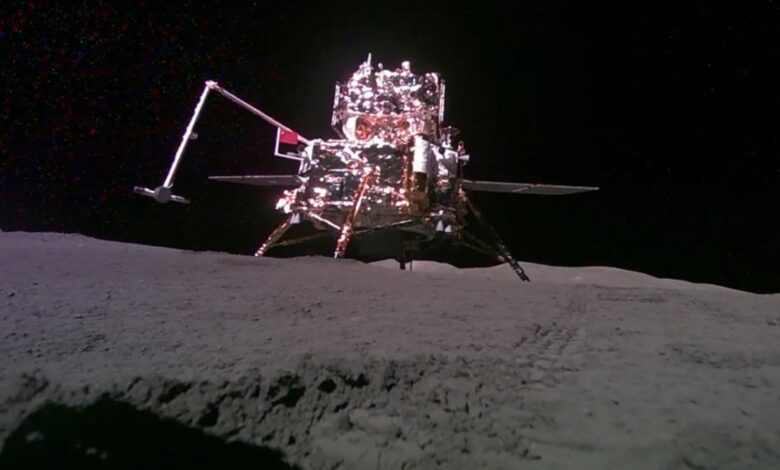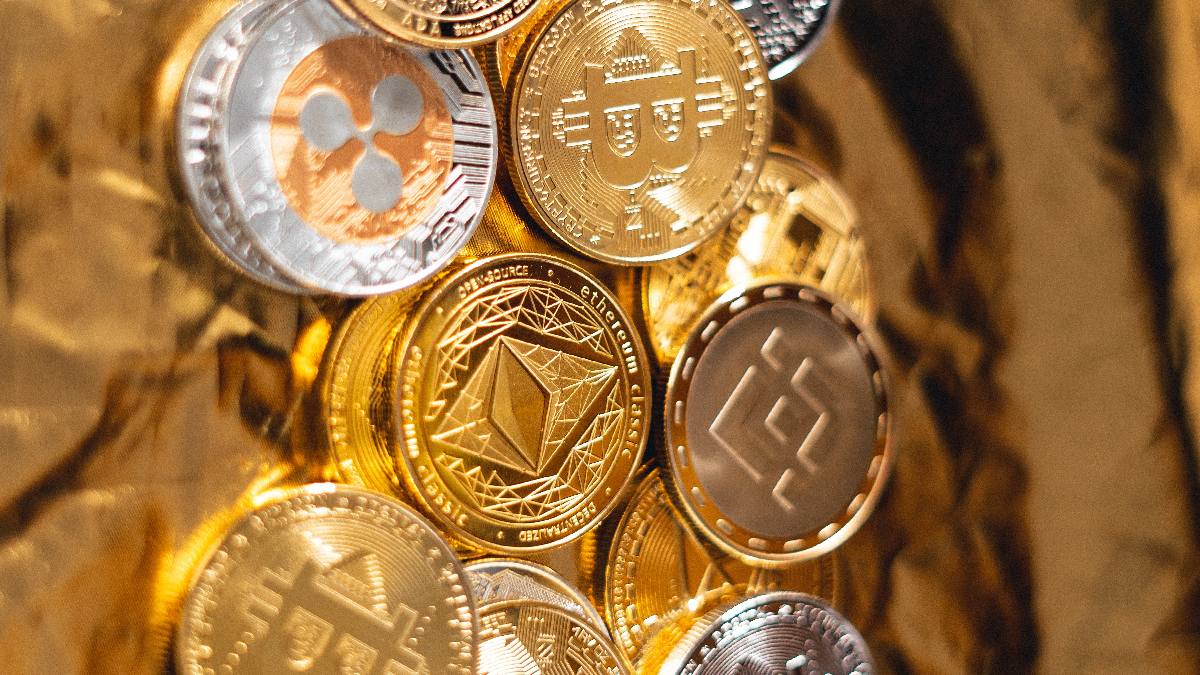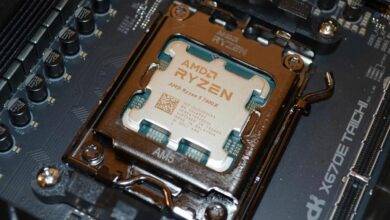Scientists confirm volcanic eruptions on the far side of the moon in new research

New research has found that volcanic eruptions occurred on the far side of the moon billions of years ago, similar to those observed on the visible side of the moon. This discovery was made through an analysis of lunar soil samples brought back by China’s Chang’e-6 spacecraft, the first mission to collect and return material from this largely unexplored lunar region.
According to paper published Nov. 15 in Science and Nature, scientists from two independent research teams identified fragments of volcanic rock in the samples. One of the pieces was determined to be about 2.8 billion years old, while another, even older fragment, was dated at 4.2 billion years. These findings provide evidence of long-term volcanic activity on the far side of the moon, an area where direct geological data were previously unavailable.
Several features of the far side of the moon
The far side of the moon differs significantly from the near side, which faces Earth and has been better explored. While the near side has flat, dark plains formed by ancient lava flows, the far side is characterized by craters and lacks similar volcanic formations. According to Qiu-Li Li, co-author of the study from the Chinese Academy of Sciences, the stark geological contrasts between the two sides remain the subject of ongoing research.
Previous research, including data from NASA’s Lunar Reconnaissance Orbiter, indicated a volcanic history on the other side. However, the recent findings, published in the journals Science and Nature, provide the first physical evidence confirming such activity.
Chinese moon missions in pictures
China has played an important role in promoting lunar exploration. In 2019, the Chang’e-4 mission became the first to land on the far side of the moon. The Chang’e-5 mission returned near-side samples later in 2020. Current research builds on these achievements and sheds light on more than a billion years of volcanic eruptions in the moon’s hidden hemisphere. Further research is expected to clarify how and why the volcanic activity lasted so long.




